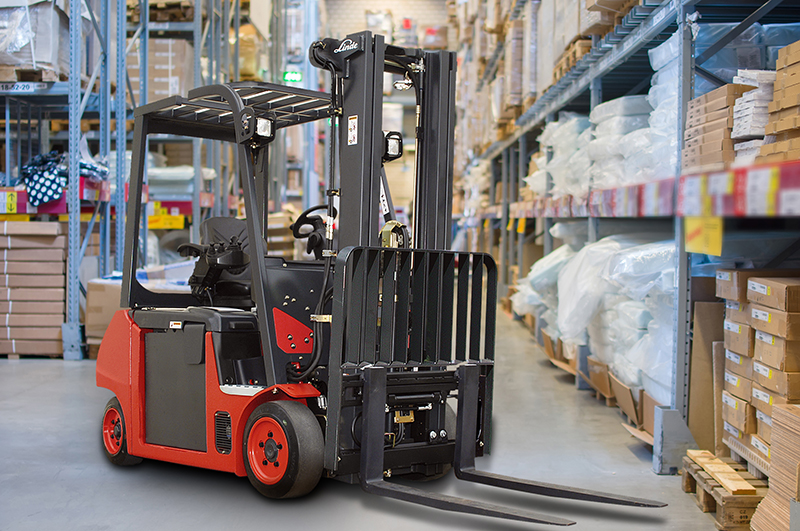Technological advances have come a long way in helping warehouses operate more efficiently. The latest software promising to shake up the manufacturing industry are “digital twins,” a virtual representation of a product, machine, or factory. Sensors in the physical warehouse are linked to a virtual model and generate real-time information about the factory. The ability to simulate, analyze, and control the factory or product, as well as test alternate strategies, will radically change warehouse operations. Deciding whether or not digital twins are the right fit for your warehouse operations could put you ahead of the latest technological curve.
Business Applications
Digital twins have numerous applications for manufacturing industries and warehouse operations. Linking the digital twin to each stage of warehouse production, beginning with designing and testing a new product, will help managers release the best model to customers. Businesses are more productive when they can control the entire production chain from start to finish. NASA was the first company to develop and test digital twins for their space exploration programs, but many other industries are adopting the twins. The software is also able to improve customer service by modifying existing products to better suit customer needs.
Advantages of Digital Twins
Digital twins have many advantages for business owners. The simulation feature allows managers to test potential improvements or changes to the system. Real-time monitoring of the warehouse can lead to safety improvements and could prevent accidents before they occur. Pairing a virtual model with a physical asset can help train new employees and allow technicians to operate or fix machinery remotely. In some cases, a digital twin may not even need human management. High-functioning AI units can observe the digital twin and order maintenance accordingly. Creating a digital twin for each existing product can help managers compare data. Based on data comparisons, managers can make informed decisions that account for a range of otherwise-unknown factors.
Disadvantages of Digital Twins
Although existing warehouses can benefit from the implementation of a digital twin, startup factories will have an advantage. To create even one digital twin, businesses will need a sophisticated IT system. Although the Internet of Things has helped drive down the cost of digital twin software, developing a twin for machinery with a lifespan of 30 to 40 years can still be prohibitively expensive. During this timeframe, the virtual interface will need to be updated along with the machines. Training employees or purchasing AI systems to manage the digital twins presents another expense. Before investing in digital twins, managers will have to ensure that the rest of the factory’s systems are compatible. Companies that can incorporate this technology into a warehouse from the start will benefit more from the system than a late-comer.
At KION North America, we are committed to providing facility managers with information about cutting-edge-technology with the products to match. To modernize your factories, check out our material handling and supply chain solutions.



